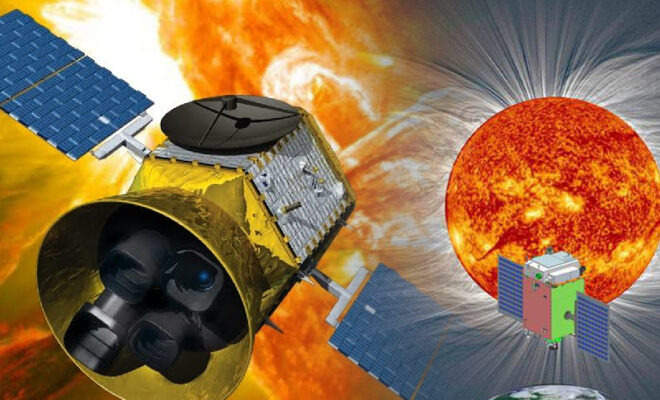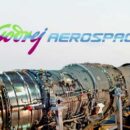ISRO’s Aditya-L1 Mission Set To Launch To Reveal Solar Mysteries

India’s first solar observatory, Aditya-L1, is gearing up for launch, marking a significant milestone in the country’s space science endeavors.
This space-based solar observatory, developed by the Indian Space Research Organisation (ISRO), is set to provide unprecedented insights into solar activities and their impact on space weather.
Aditya-L1 will be positioned in a halo orbit around Lagrange point 1 (L1) of the Sun-Earth system, approximately 1.5 million km from Earth.
This strategic position will enable continuous observation of the Sun without being affected by eclipses or occultations, offering a unique vantage point for studying solar dynamics in real-time.
The spacecraft is equipped with seven crucial payloads, serving different scientific purposes. These include instruments for remote sensing, such as:
- VELC (Visible Emission Line Coronagraph) for corona imaging
- SUIT (Solar Ultraviolet Imaging Telescope) for photosphere and chromosphere imaging
- SoLEXS (Solar Low Energy X-ray Spectrometer) for soft X-ray spectrometry
- HEL1OS (High Energy L1 Orbiting X-ray Spectrometer) for hard X-ray spectrometry.
Additionally, in-situ payloads include the:
- ASPEX (Aditya Solar Wind Particle Experiment) for solar wind analysis
- PAPA (Plasma Analyser Package For Aditya) for solar wind particle analysis
- Advanced Tri-axial High-Resolution Digital Magnetometers for in-situ magnetic field measurement.
The mission’s objectives include studying various aspects of the solar atmosphere, understanding heating mechanisms in the chromosphere and corona, investigating coronal mass ejections and flares, analyzing coronal plasma, and unraveling the origins and dynamics of space weather.
The insights gained from the Aditya-L1 mission are expected to have far-reaching implications, impacting satellite communication, navigation systems, and even earthly weather patterns.
ALSO READ: Why Is Russia Banning Apple iPhones And iPads, After ApplePay?
This understanding can lead to more strong and resilient technological systems, as well as improved preparedness for space weather events.
India is advancing its space science and exploration and contributing significantly in global science. The Aditya-L1 mission will enhance our understanding of the Sun and its influence on our technological and natural world. Thus, the world is awaiting the mission’s launch, as the mission will shed light on the Sun’s mysteries.



